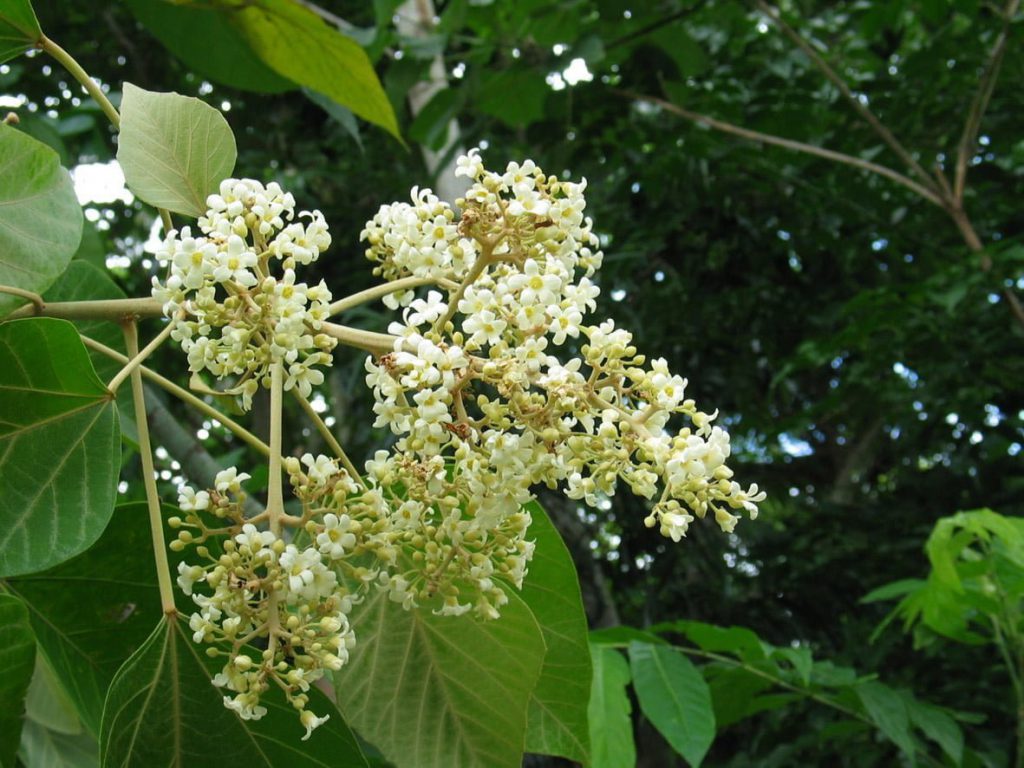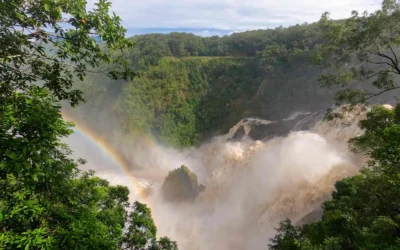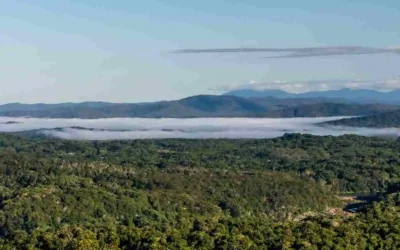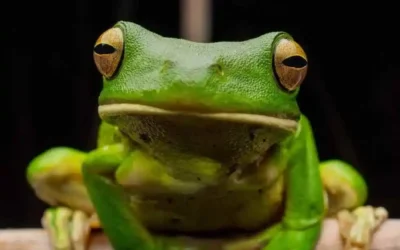Humidity in the Rainforest
World Heritage listed rainforest heats up in North Queensland
January was mostly hot and humid at Skyrail, with only the occasional shower so those who visited us, would have certainly felt the moisture in the air.
The increased humidity led to a lot of flowering in the Barron Gorge at a time of year when fruiting is usually the norm.
The Northern Quandong has had an unusually good flowering episode this year. These trees have flat tops with long thin leaves and reasonably smooth edges. The flowers are brownish and are borne in small clumps on top of the tree. The fruits are small green drupes with small rugby ball shaped husks enclosing a single seed. Native rats love these seeds. The bark is quite dark and the lenticels are quite obvious, being almost white by comparison. Although often overlooked, these trees are quite common in the Wet Tropics Rainforest and in other tropical rainforests throughout Queensland.
Another wonderful show-off at this time of year is the Candlenut. These attractive pioneers are very fast growing and have a soft timber. They are closely related to the popular Poinsettias and like them the Candlenut, produce striking leaves that are much more showy than the actual tiny white flowers. The leaves around the flowers are white and triangular. The fruits are large brownish capsules with a thick leathery skin, usually containing two or three large seeds. Each seed contains about 60% oil and many many years ago were occasionally strung together with a long wick and used as makeshift candles, hence the name. The empty seed cases were often used as whistles by the Djabugandji indigenous people who also ate the seeds, only ever in small amounts due to the danger of an upset stomach.

Golden Penda is currently flowering along the revegetation corridor in Kuranda which is the final section of Skyrail before you arrive at the Kurand Terminal. This is the floral emblem of Cairns and it is easily identified by its large yellow flowers and they usually attract large numbers of birds. The fruits are small woody capsules often not noticed. The leaves are glossy and leathery and new leaves are often distinctly red. These trees are rheophytes, which means that they have adapted to living along creeks and gullies that regularly flood. In the McIlwraith Ranges, this species is found in well developed upland rainforest away from watercourses. The timber used to be harvested under the name of Brown Penda.
Australian Rainforest Facts provided by Skyrail Ranger Tore Lien Linde



